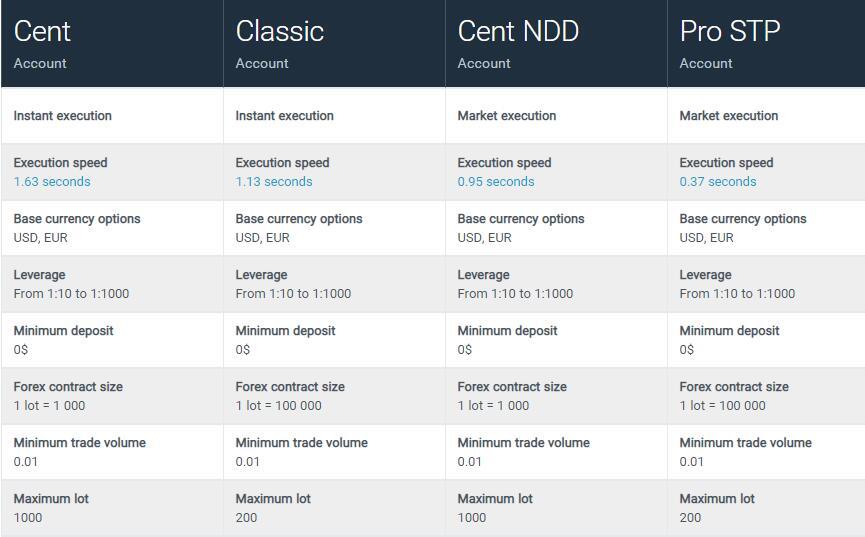Working Capital: The Definition & Formula

If you are wondering how AutoZone and O’Reilly can run such low working capital (and current ratios below 1), recall that these figures are just a snapshot of a company’s accounts. They are retailers and will receive millions in cash and credit through their stores in a few days of trading. A company’s working capital is simply the difference between its current assets and current liabilities. In financial modeling and valuation, one of the key sets of assumptions that are made about a company is in regard to its accounts receivable days, inventory days, and accounts payable days.
However, the net working capital figure can change over time, causing the company to experience periods of negative working capital due to unexpected short-term expenses. The current ratio (also known as the working capital ratio) indicates how well a firm is able to meet its short-term obligations, and it’s a measure of liquidity. If a company has a current ratio of less than 1.00, this means that short-term debts and bills exceed current assets, a signal that the company’s finances may be in danger in the short run. The collection ratio, also known as days sales outstanding (DSO), is a measure of how efficiently a company manages its accounts receivable. The collection ratio is calculated by multiplying the number of days in the period by the average amount of outstanding accounts receivable. Then, this product is divided by the total amount of net credit sales during the accounting period.
Working capital represents a company’s ability to pay its current liabilities with its current assets. This figure gives investors an indication of the company’s short-term financial health, capacity to clear its debts within a year, and operational efficiency. Current assets include cash and assets that will be converted into cash within 12 months.
- Learn financial statement modeling, DCF, M&A, LBO, Comps and Excel shortcuts.
- While a business credit card can be a convenient way for you and top employees to cover incidental expenses for travel, entertainment and other needs, it’s usually not the best solution for working capital purposes.
- However, the net working capital figure can change over time, causing the company to experience periods of negative working capital due to unexpected short-term expenses.
- Though the company may have positive working capital, its financial health depends on whether its customers will pay and whether the business can come up with short-term cash.
- Whether its changes in macroeconomic conditions, customer behavior, and supply chain disruptions, a company’s forecast of working capital may simply not materialize as they expected.
Proper liquidity management is manifested at an appropriate level of cash and/or in the ability of an organization to quickly and efficiently generate cash resources to finance its business needs. Properly managing liquidity ensures that the company possesses enough cash resources for its ordinary business needs and unexpected needs of a reasonable amount. It’s also important because it affects a company’s creditworthiness, which can contribute to determining a business’s success or failure. A company in good financial shape should have sufficient working capital on hand to pay its bills for one year. You can tell if a company has the resources necessary to expand internally or if it will need to turn to a bank or investors to raise additional funds by studying its working capital. When looking at company financials, it’s easy to become confused over assets and liabilities.
How do you calculate the change in working capital?
If you’d like more detail on how to calculate working capital in a financial model, please see our additional resources below. With NetSuite, you go live in a predictable timeframe — smart, stepped implementations begin with sales and span the entire customer lifecycle, so there’s continuity from sales to services to support. Similarly, what was once a long-term asset, such as real estate or equipment, suddenly becomes a current asset when a buyer is lined up.
Therefore, working capital should be taken in the context of the industry and financial structure of the company you’re evaluating. Your small business banker can help you better understand your working capital needs and what steps you may need to prepare for any situation. While you can’t predict everything about running a company, a clear view of working capital can help you operate smoothly today — and set you up for long-term growth tomorrow. An unsecured, revolving line of credit can be an effective tool for augmenting your working capital.
- When looking at company financials, it’s easy to become confused over assets and liabilities.
- Implementing effective inventory management can have a positive impact on accounts payable, receivable, operations, and the overall growth of a business.
- These investments will be offset by any accounts payable expected to be owed to suppliers.
Working capital helps businesses smooth out the gaps in revenue during the times of the year when sales are slow. While a business credit card can be a convenient way for you and top employees to cover incidental expenses for travel, entertainment and other needs, it’s usually not the best solution for working capital purposes. Limitations include higher interest rates, higher fees for cash advances and the ease of running up excessive debt. Getting a true understanding of your working capital needs may involve plotting month-by-month inflows and outflows for your business.
Current assets
That’s because a company’s current liabilities and current assets are based on a rolling 12-month period and themselves change over time. Another way to review this example is by comparing working capital to current assets or current liabilities. For example, Microsoft’s working capital of $96.7 billion is greater than its current liabilities. Therefore, the company would be able to pay every single current debt twice and still have money left over. Companies can forecast what their working capital will look like in the future.

Make it easy for customers to pay you by offering electronic payment methods on your website. Accept credit and debit cards, and email customers an invoice with a link to make payments. If inventory is a large component of your cash outflows, monitor your purchases closely. Buy enough inventory to fill customer orders but not so much that you deplete your bank account—less inventory leads to more cash flow that’s freed up.
Put each of these ratios on a financial dashboard so that the information is right in front of you each month. These ratios are the best tools for assessing your progress and increasing working capital. However, the regulations did not address situations during the COVID emergency, where the original written (business) plan became difficult or impossible to implement due to the ongoing crisis. It follows that higher working capital is better than a lower amount of working capital. However, it’s not quite simple (it rarely is in investing) because a high amount of working capital can imply a company is unnecessarily tying up cash that could be used elsewhere.
Summary of Working Capital Management
These discounts can result in substantial cost reductions, but are only available to those who have enough cash to make large purchases. Second, if your business is seasonal, you will need extra working capital to fund the inventory required for the peak selling season. Otherwise, you may not have enough inventory on hand to meet customer needs, resulting in lost sales. Third, if customers force you to give them long payment terms, then you need more working capital to keep operations running until their payments arrive. Fourth, if your business is growing quickly, the inventory and accounts receivable requirements of the business will call for a substantial boost in working capital.
Daktronics, Inc. Announces 2024 Fiscal First Quarter Results – GlobeNewswire
Daktronics, Inc. Announces 2024 Fiscal First Quarter Results.
Posted: Wed, 06 Sep 2023 11:30:00 GMT [source]
Implementing effective inventory management can have a positive impact on accounts payable, receivable, operations, and the overall growth of a business. A business should strive to increase credit sales while also minimizing accounts receivable. If you can increase the ratio, that means you’re converting accounts receivable balances into cash faster. Both online sales and items sold in a physical store must be converted into cash after the sale.
Accept multiple payment methods
If a company has substantial positive NWC, then it could have the potential to invest in expansion and grow the company. If a company’s current assets do not exceed its current liabilities, then it may have trouble growing or paying back creditors. Working capital is the difference between a company’s https://online-accounting.net/ current assets and current liabilities. It is a financial measure, which calculates whether a company has enough liquid assets to pay its bills that will be due within a year. When a company has excess current assets, that amount can then be used to spend on its day-to-day operations.
On the other hand, companies also monitor their accounts payables to determine the dates in which payments are due to suppliers. If the accounts payables are due sooner than the money due from the accounts receivables, the company can experience a working capital shortfall. Negative working capital means assets aren’t being used effectively and a company may face a liquidity crisis. Even if a company has a lot invested in fixed assets, it will face financial and operating challenges if liabilities are due.
Working capital management is key to the cash conversion cycle (CCC), or the amount of time a firm uses to convert working capital into usable cash. Working capital is the amount of an entity’s current assets minus its current liabilities. The result is considered a prime measure of the short-term liquidity of an organization. A strongly positive working capital balance indicates robust the differences in wages payable & wages expense financial strength, while negative working capital is considered an indicator of impending bankruptcy. When a business has a large positive amount of working capital, it is better able to fund its own expansion without having to obtain debt or equity financing. The operational efficiency, credit policies and payment policies of a business have a strong impact on its working capital.

Companies still need to focus on sales growth, cost control, and other measures to improve their bottom line. As that bottom line improves, working capital management can simply enhance the company’s position. The inventory cycle represents the time it takes for a company to acquire raw materials or inventory, convert them into finished goods, and store them until they are sold. Though it starts the cycle with cash on hand, the company agrees to part ways with working capital with the expectation that it will receive more working capital in the future by selling the product at a profit.
Financing Growth and Working Capital
The adjusted current asset total is $120,000 minus $10,000, equaling $110,000. The manufacturer—a furniture builder in this case—purchases raw materials, builds furniture, sells finished goods to customers, and collects payment in cash. Operating working capital strips down the formula to the most important components.

